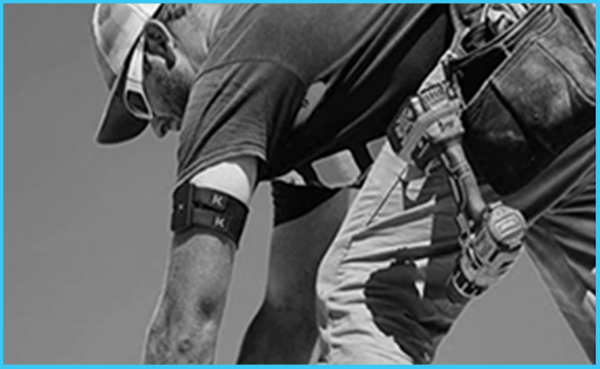
Wearables have been a growing and evolving consumer product for years. Smartwatches are ubiquitous and smart rings are starting to be commonplace as well. While typically focused on health-conscious consumers looking for greater insights into wellness or performance, wearables offer a simple solution for monitoring the health and safety of a broader population.
At the start of modern wearable tech, you would see a large Garmin watch on someone’s wrist and instantly identify them as a runner, cyclist, or another type of fitness junkie. Most people outside of that passionate crowd did not see a reason to track their heart rate during their commute or around the house. Tracking rest and recovery became the next trendy thing to monitor from smart wearables. Those same fitness buffs could track workouts and sleep patterns to give people more areas to address in preparation for their races and competitions.
Everyone sleeps to recover from their day, whether it be after a 15-mile run or a 15-hour day on a construction site or jumping between high-stress customer meetings. Those insights to maximize productivity are becoming water-cooler talk. You do not need to be an elite triathlete to care about how well you sleep and what stress level you experience during the day. That is when the transition from a fitness wearable to an everyday, health wearable began.
Employers have been utilizing simple wearables for a long time, ID badges to get into office buildings, secure file rooms, server rooms and other high security areas. That is now evolving into RFID badges and similar technology to monitor workers moving through larger spaces like warehouses and factories.
Utilizing the same data on fitness wearables, worker health and safety is a high priority for employers. Kenzen, uses an armband wearable to monitor workers’ heart rate and body temperature in high heat risk environments. Alerting workers and safety managers when they need to rest and cool down is a crucial factor in preventing other job site accidents and deaths. Other wearable devices track heart rate for excessive exertion, location for lone workers in case of emergency, dangerous gases in confined spaces, and the list goes on
As these technologies improve, the individual data it provides companies is helping them protect their workers first and foremost. Secondarily, it is helping them adjust their work schedules to maintain productivity in increasingly more challenging environments. Two billion labor hours are expected to be lost due to climate change, translating to $160B in lost wages. At Kenzen, that means keeping workers safe in the heat will keep them earning wages and their companies’ delivering products and services. Maintaining a healthy economy even in extreme environments.
Integrating wearables into Smart personal protective equipment will make collecting the necessary data effortless. Connected worker platforms gathering data from multiple sources and providing key metrics to managers for when a problem may arise will improve productivity and protect the workers at the same time.
By: Kenzen